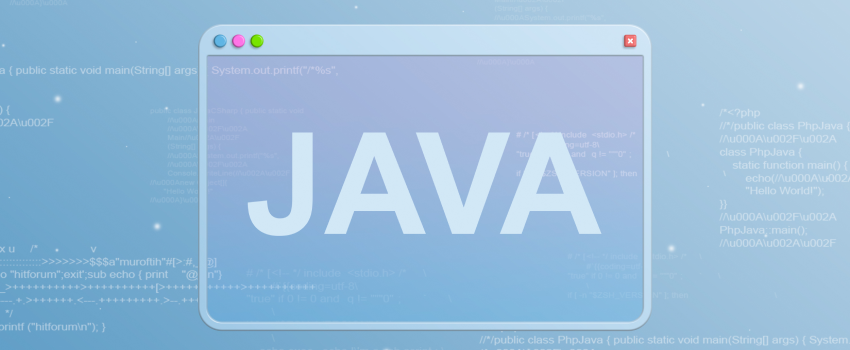Crypto Wallet App Development: Features,...
April 14, 2025
By Mahipalsinh Rana
March 1, 2022/64,441

There is a reason why the developer community believes Java is for all—be it a startup, SMEs, or big enterprise. It provides large scale benefits to projects ranging from web and android development, cloud computing, big data, and ML projects.
The language has been in the industry long enough to be called a veteran programming language. For its maturity and versatility, programmers don’t have to start coding from scratch. Further, Java frameworks exist to make the work easier. Three reasons why we still love Java for web and android development:
We’re here to discuss Java frameworks to look out for in 2022. We have previously written about the top seven JavaScript frameworks for web app development, and this one serves as an extension to the previous one. Java coupled with a framework makes a powerful tool for application development.
However, software frameworks are hard to understand; if that’s the case, you can hire Java developers from the best Java development companies.
To begin with, Java frameworks are tools that come with predefined but customizable code. Developers can reutilize these tools to build web applications quickly. The tool also empowers them to create applications without creating a single code line again and again from scratch.
For instance, the changes should least affect the application in a full-stack web development framework. This means the developer can build and test the application again from scratch with a small configuration. Additionally, the Java framework only accepts Java code and syntax as a rule of thumb.
Now that we are done with the basics let’s explore a couple of popular Java frameworks for 2022 to aid you in the Java development business.

Agility, simplicity, and potency are a few features that set Spring different from other Java frameworks. It is primarily used to build enterprise-level java applications, web services, and microservices.
Big brands like Google, Netflix, and Microsoft use this technology. Extensions of Spring framework like Spring MVC and Spring Boots make it more advanced.
Spring Features:
Primarily used for Java Web development, JSF is maintained by Oracle technology. It is a server-side component framework used for building web applications. It focuses chiefly on the performance and displaying a layer of an application. Organizations like Deutsche Kreditbank AG and GmbH uses JSF.
JSF Features:
GWT is an open-source set of tools used by several Google products. It is used to create and maintain Javascript frontend applications. It is used to create high-performing, complex web applications.
However, this tool is chiefly used to convert Java code into JavaScript code to build full-fledged web applications. It contains a Java-to-JavaScript compiler that, when met with a particular web browser, helps to debug GWT applications.
GWT Features:
A tool that primarily focuses on performance, UX, and accessibility, Vaadin serves as a platform for streamlined Java development. It is used to create web applications containing customizable components.
The latest version of this framework facilitates DOM access right from the Java virtual machine. Additionally, it empowers developers to use recovered elements with frontend JS technologies like Vue and React. DoubleSlash and Fraunhofer are popular companies that use this tool.
Vaadin Features:
Built on the MVC design pattern, Grails is an automation testing framework that uses Groovy programming language. Despite Grail using Groovy language, it is perfectly compatible with Java syntax and works well with Java Development Kit, Java EE containers, Spring, and more. It is a full-stack framework that has built-in support for RESTful APIs.
Grails Features:
Choosing the proper Java framework for your project entails several factors, but nothing can help you more than knowing your own requirements. With the right resources and help, you can achieve faster market time while developing incredible multi-featured web pages.
This blog has tried to lessen your efforts for finding the best Java framework. We aim to provide information to help you achieve super flexibility in application development with enhanced performance and security.
To know more about app development and what more we can help you.
Written by Mahipalsinh Rana

